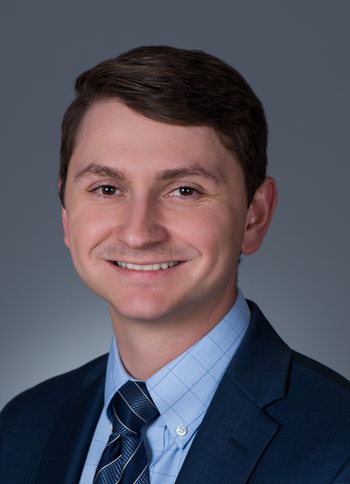Many eye doctors believe they can recognize contact lens (CL) patients who will be ‘lost to follow-up’.
Professionals who spend their days providing contact lens-related eyecare know that some patients come for an initial fitting and are never seen again. (KC).
Dr. Cory Collier, OD, whose practice, Artisan Eye, is located on Florida’s Gulf Coast agrees that there are characteristics of patients who do not return for follow-up. Some lose motivation because they do not perceive any benefit. These patients can manage without correction, or can see well enough in eyeglasses that they prefer not to undertake the extra work that contact lenses present. Keratoconus patients do not normally fall into this category, although there are some whose disease is primarily in one eye. In this case, they tend to rely exclusively on their ‘good’ eye for vision. The KC patients most likely to ‘drop out’, according to Dr. Collier, are those who are nervous about handling lenses. They may be afraid to have something touch their eye, resulting in difficulty mastering the art of inserting, removing and cleaning their lenses.

Doctors need to establish expectations and set patients up for success.
“With these patients,” Dr. Collier reports, “the doctor needs to establish expectations and set patients up for success.” Dr. Collier or one of his experienced technicians will sit with these patients, guide them on technique, and offer pointers about lens care until they are comfortable. Initial CL fittings usually take place over multiple visits. He stresses that contact lens management needs to become fixed in routine. “People know they have to brush their teeth every day; KC patients must also develop a daily CL regimen they follow.”
To learn more about KC patients who ‘drop out’, the Manchester Royal Eye Hospital in England reviewed the charts of 56 keratoconus patients who had not returned to the CL clinic for more than three years, and compared them to a similar group of KC patients who kept their aftercare appointments.(1)
Since the Eye Hospital is part of Great Britain’s National Health Service, cost was not viewed as a barrier. The NHS provides lenses free or at a minimal charge. Dr. Collier notes that in the U.S., patients may have an additional incentive to stick with it since many have had to pay out of pocket for their contact lenses.
In the British study, odds of returning to clinic increased over time: patients who kept their early appointments were more likely to keep coming back. Patients diagnosed several years earlier were more likely to return than those who were diagnosed more recently.
The authors also found that patients who wore their contact lenses for extended periods each day were more likely to keep their follow-up appointments. Patients who did not return were averaging 7 hours a day of CL wear; those who kept their appointments wore their lenses for an average of 12 hours a day.
Poor comfort may cause lens abandon.
When the KC patients who ‘dropped out’ were interviewed, the majority had stopped wearing lenses most of the time (85%) or completely (78%). The most common reason given was poor comfort. Nearly a third of these patients cited difficulty with insertion and removal of the lenses as an additional challenge. There was no association between the severity of keratoconus and CL comfort.
Dr. Collier was concerned that the study results uncovered a small group of patients (15%) who continued to wear contact lenses consistently, but did not return for follow-up. Collier noted, “Clear vision does not always equal a healthy fit. Regular visits to your eye doctor will assure that your lenses fit properly and that you are getting the best possible vision.”
Not surprisingly, patients who did not return to CL clinic were more likely to have undergone a corneal transplant in the last three years than those who were evaluated regularly [25% (14/56 patients) vs 11.5% (9/78 patients)].
For individuals with keratoconus, the consequences of not being able to tolerate contact lenses can be significant. Patients who cannot function wearing contact lenses are likely to become candidates for corneal transplant surgery in order to achieve good vision and comfort. For all KC patients, but especially the newly diagnosed, finding an eye doctor who is an expert in fitting contact lenses, and who takes time to teach and answer questions, should be a priority.
 Dr. Cory Collier, OD, FAAO, FSLS practices with his wife, Dr. Kara Collier, OD, FAAO at Artisan Eye, located in Lakewood Ranch, FL 34211.
Dr. Cory Collier, OD, FAAO, FSLS practices with his wife, Dr. Kara Collier, OD, FAAO at Artisan Eye, located in Lakewood Ranch, FL 34211.
Reference
(1) Characteristics and survey of keratoconus contact lens wearers who are lost to follow up, Russell MHA, et al, Clin Exp Optom 2017 Jul 12. [Epub ahead of print]

